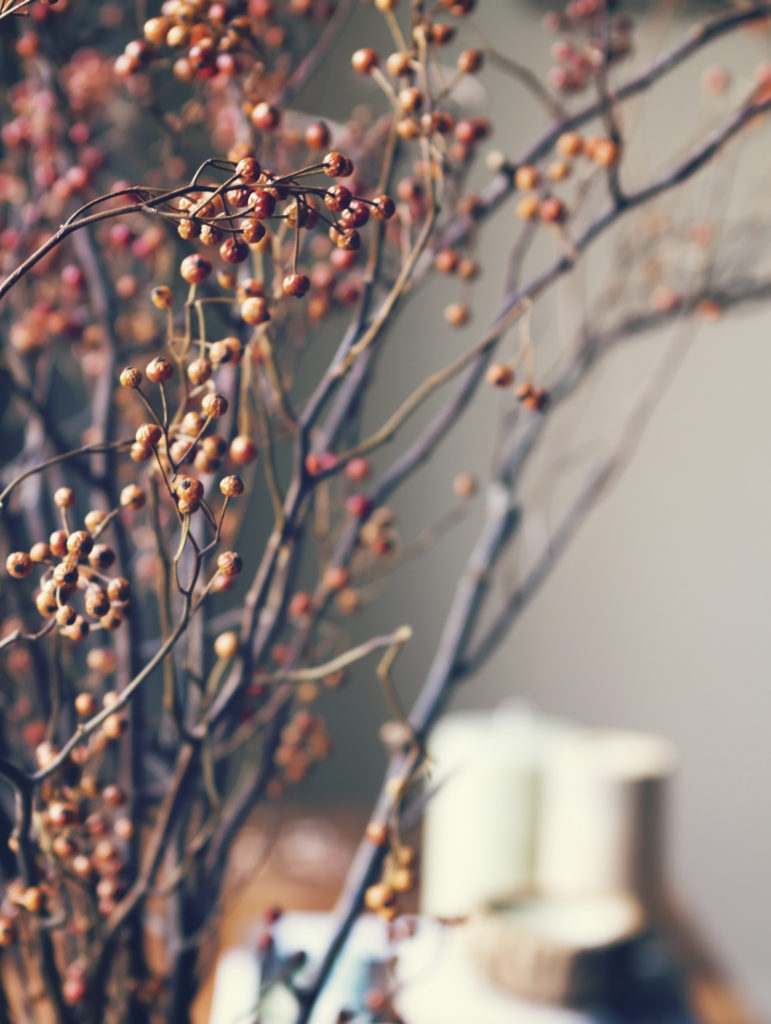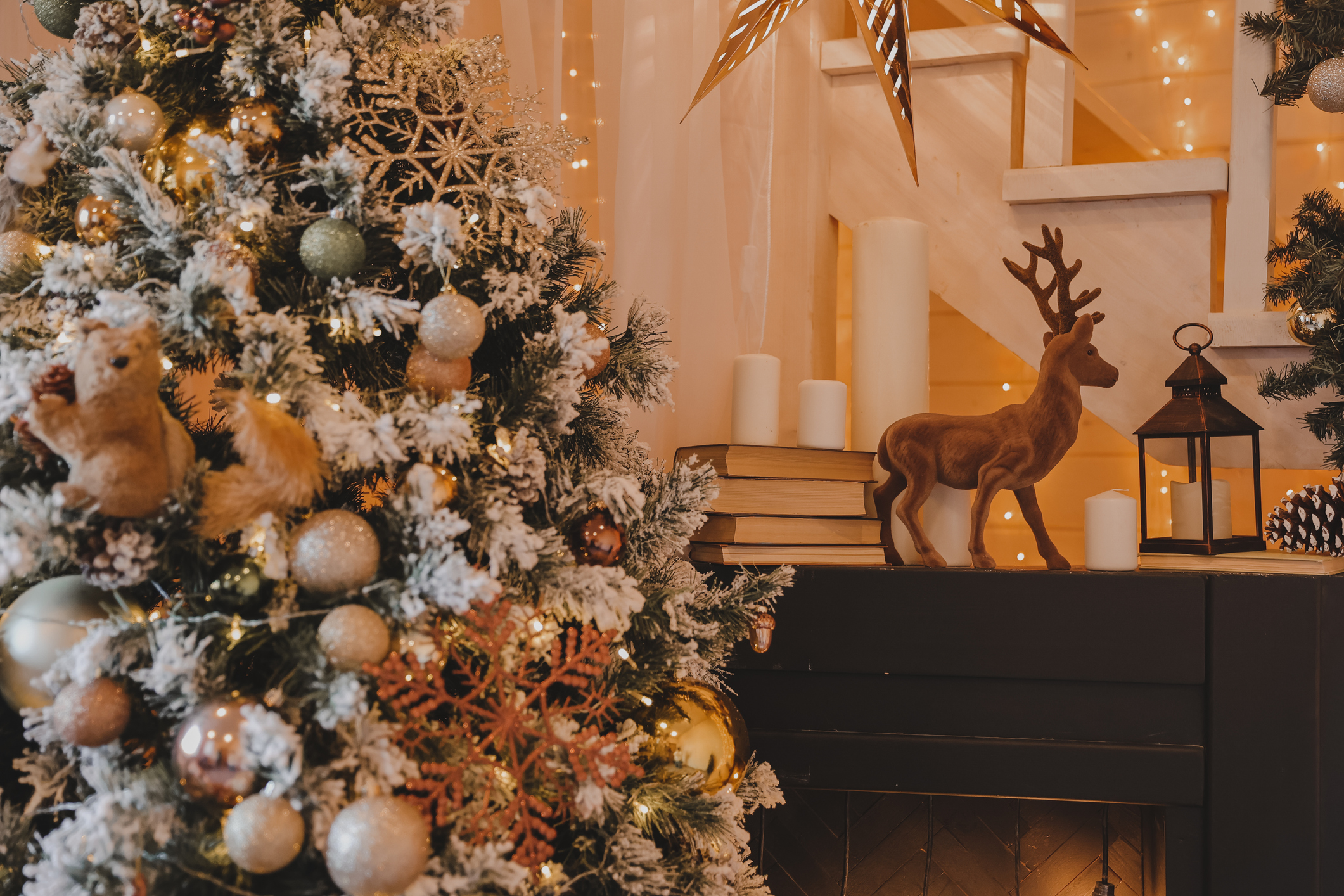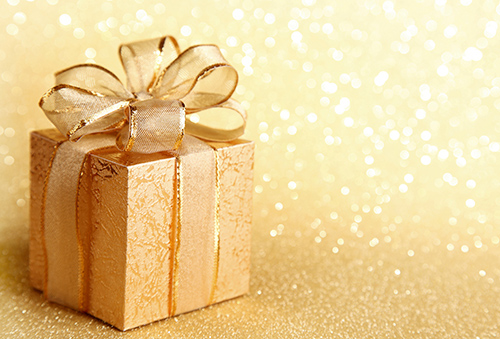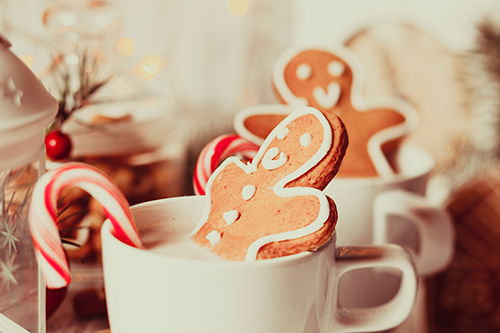The holidays are quickly approaching, and you’re running out of steam! Has baking, housework, and an infinite errand list begrudgingly worn you out? Is your holiday merriment lacking because you’re preoccupied and have too much to do? Let us take that load off your shoulders by decorating your home for Christmas! We will pleasingly decorate your home or business eagerly to your delight! Be it seasonal cheer or holiday sparkle, our Christmas decorating will save you time to enjoy the captivation & awe of those special times of the year.


Presents

Christmas Tree
Amongst many cultures trees represent strength, life and hope. Some also believe that a Christmas trees needles are pointing up towards heaven. As far back as the 15th century, chronicles of trees being decorated with apples, occurred amongst the religiously devout. These trees were then erected into people’s homes as a representation of the Paradise Tree. The decoration of Christmas trees has been a common custom, in Europe since the 1700’s. However, the tradition was foreign to America until over a century later. Evergreen and Spruce were predominantly used due to their ability to keep foliage & color throughout the year. Nuts, baked treats & handmade ornaments such as paper roses, were some of the most common decorations used to trim the tree. In the 16th century glass ornaments became fashionable amongst the rich. This in turn intrigued glass makers around the globe to design lavish glass ornaments. Nowadays it has become, a decorative & festive trend, to garnish your home with more than one Christmas tree. If you’re bored of the traditional green & want something with a little zest, there are red, blue, & even black trees, available to your delight!
Poinsettia
Native to the country of Mexico, the Poinsettia is a plant favored by many to decorate with at Christmas. With its distinct colored leaves & exquisite like charm, a room decorated with a base of Poinsettias, can bestow a stunning look. In relation to seasonal decorating & holiday décor, the shape of a poinsettia is said to represent, the star that led the wise men to Bethlehem. White colored Poinsettias are said to signify the purity of Jesus Christ, while the red color is known to symbolize his blood and his sacrifice.
Candy Canes
As a pleasant and minty treat enjoyed by all, the Candy Cane has become a basic holiday staple, never in scarcity at Christmas. Garnishing hot drinks, candy dishes, & Christmas socks the candy cane is often a go to treat for a nagging & persistent sweet tooth. Rumored to of been created in the 1800’s, the objective of this candy was to keep children quite during church services. Taking the shape of a cane & accents of ribbons of red, did not appear in the candy until the 1900’s. Like the symbolic colors of the poinsettia, the white of the candy cane portrays the purity of Jesus’ spirit where the red striping of the cane symbolizes his sacrifice.

Santa Clause
The modern version of Santa that we think of today, fills children’s lives with fascination, magic & pure delight. History has known Santa Clause to go by many different names. However, whether it be Father Christmas, Kris Kringle or the heavenly Saint Nick, the kindness bestowed from this iconic man, continues to live on & on. To adults the conception of Santa is nothing but a fairy tale, but ironically the inspiration behind this man holds to bare some truth. In the 4th century there was a bishop, known as Saint Nicolas. When he was a young boy, his parents unfortunately died but had left him with an abundancy of money. Saint Nicolas took it upon himself to follow the word of God & decided to give to those in need. Saint Nicolas was extremely fond of children and felt the innocent should not suffer, especially due to poverty. Saint Nicolas never expected anything in return & often his gracious and charitable deeds were done with mystery.
A popular Christmas custom regarding Saint Nicolas, is still honored by millions today. The story is about three sisters, who were likely to become slaves, due to their fathers’ inability to pay their marriage dowries. Hearing of the troubled family & wanting the best for the girls, Saint Nicolas decided to help! So, on three separate occasions, one for each girl, Saint Nicolas discreetly tossed into the home, a bag of gold coins. As socks and shoes were often left, overnight by a fire to dry, the tale speaks of the coins that Saint Nicolas tossed, to of landed in socks & shoes. This started the popular tradition of children hanging socks, in hopes of receiving something special from the generous & kind Saint Nick. The color of Santa’s costume is also thought to of originated from Saint Nicolas, as the bishops of the time commonly wore red garmented cloaks.
Fall Seasonal Decorating
Halloween to some may also be known, as the night under the name, of All Hallows Eve! This spooky time of year, celebrated across the globe, can be dated as far back to a Celtic celebration, otherwise known as the Samhain. The Samhain was a festival which celebrated the year’s harvest, but also was a day to honor the spirits of those who had recently passed. In 800 A.D. the catholic church was adamant to gain popularity. So it created its own version of this day, in hopes of replacing the Samhain. “All Hallows Eve” & “All Saints Day” bore many similarities of the Samhain, but instead were considered & labelled to be Catholic celebratory days.
Orange & Black
The colors of orange & black are everywhere in the fall & have been deemed to be the official colors of Halloween. As both colors correspond to the seasonal changes in the year, orange is said to portray the light of summer days & to render the fruitful prosperity of the harvest. In contrast the color black, depicts the darkness of winter & bleakly symbolizes the end to all ends, that being death!

Pumpkins
Of the most common & recognized symbols, used in seasonal decorating pumpkins adorn & beautify many homes during the autumn months! At the time of Halloween, pumpkins are carved to display festive & frightening depictions. Then on Halloween, as the darkness settles in, they are lit to welcome onlookers with a spooky & spirited glow. But long ago it was the job of a turnip and not a pumpkin at all, that was used to shed light upon the dark path, that eerily lay ahead. As the nights of the Samhain drew near, awakening the spirits of the dead, turnips were hollowed then carved to portray scary & fearsome faces. These turnips were then used as lanterns to cast away evil spirits, that avidly lurked about at this hair raising time of year.
Black Cats
For many people cats, are wonderful great pets & are seen to be as cute & loving animals. A black cat however, even nowadays, bares superstitions rooted with evil & an expectancy of bad luck. Animal agencies even bare reports that a black cat’s chances of facing adoption, are less likely to that of other cats! As yet another symbol, common of Halloween, a black cat is usually the sidekick of a witch, often with its silhouette portrayed in front of a full moon. Many people believe that if a black cat crosses your path, inevitably bad luck is coming your way. Dating back from the times of the middle ages, the black cat was seen as Satan’s gift to a witch or even to be the devil himself in disguise.
Witches
As a common & popular costume of Halloween, witches are typically portrayed with a pointed black hat, long stringy hair, and a repulsive looking face. Known for their magical powers, dark sorcery and evil spells, for centuries women were persecuted in countless torturous ways, for whispers of dabbling in witchcraft in any shape or form. In the history of the Pagan culture these wrongfully branded women, were seen to the Pagan people as friends more so than foe. Women who were keen in the knowledge of various herbs & plants, would often be sought by individuals, to provide remedy to sickness & disease. The church however saw these women as negative influential powers, and were viewed to be a threat to the supremacy of the church! So the church did all it could to lessen their popularity and began labeling these women, as devil worshipers. The goal of the church was to cast, fear amongst the people and to ensure they stayed away of such malevolent typed women. If you were caught associating or even thought to be a witch, you were likely to endure an excruciating and dreadful death. Black cats, crows, and rodents such as mice, have been known to be favorite creatures amongst the common witch.

Trick Or Treating
To many trick or treating is the best part of Halloween! Gorging on loads of candy, in costume for the night, while anticipating the thrill, of a fun filled scare. The tradition of what know as trick or treating today, stems from a religious practice known as “Souling.” In England long ago it was commonly believed, for a deceased person to ascend into the likes of heaven, their chances would be increased, if they had an abundance of prayers. On All Saints Day, November 1st, poverty stricken folk of the community would venture out & knock on the doors of the wealthy. These people recognized & referred to as Soulers, would offer up their prayers for the families departed. In a gesture of appreciation, the rich would then offer, a pastry known as a soul cake. As the practice of Souling became more popular, treats such as fruit, bread and even money became commonly known to be handed out. Dressing in costumes of disguise & including song and dance became more common as times progressed & took on the name of “Guising.”
Scary Costumes & Ghosts
Although many costumes today are not scary even so in the least, the history of these very frightening & rather grotesque costumes, in actuality is quite interesting. The Samhain festival took place during the summers end, a time considered as a crossroads, amongst the living and dead. During the Samhain the deceased were believed to rise from their graves and interact & play tricks amongst the alive & well. Feeling the need of protection from vengeful or evil spirits, villagers would camouflage or hide themselves behind, terrifying disguises & fearful looking masks. The hope was to outwit & not be noticed by ghosts simply because you yourself, appeared to be dead!
We look forward to speaking with you about the Christmas decorating of your home or business this season!
Christmas decorating service prices vary upon each independent design and project
